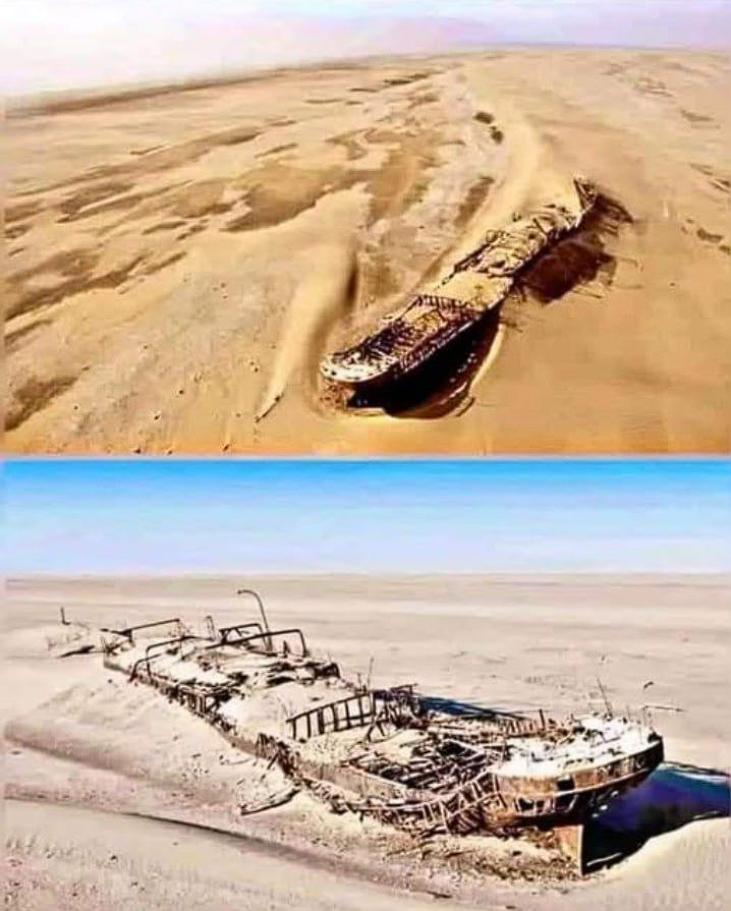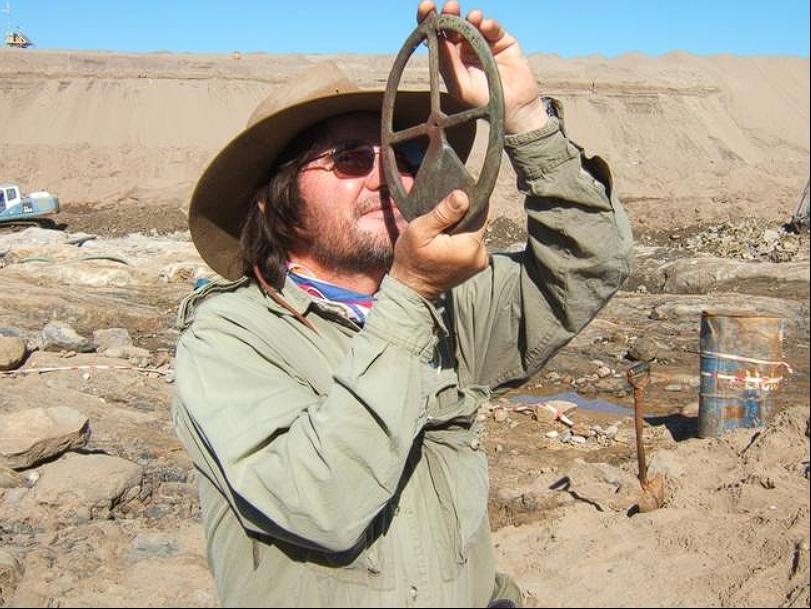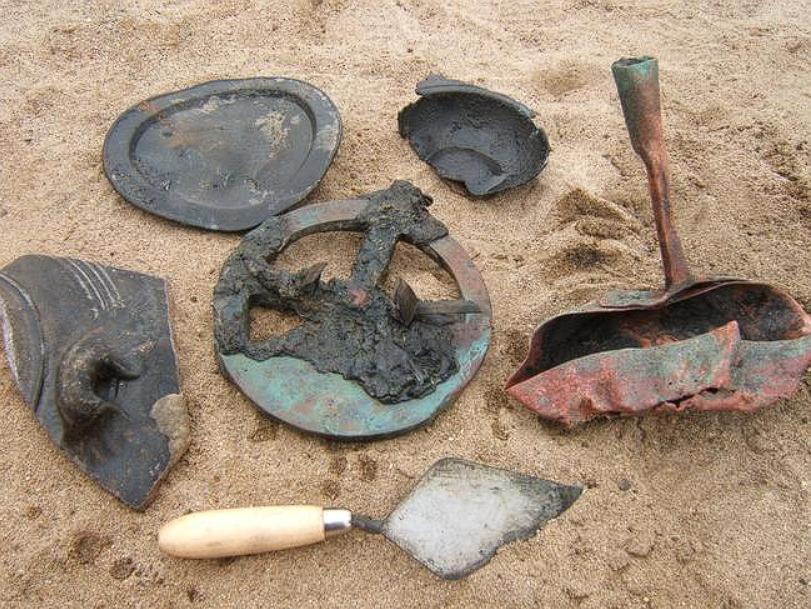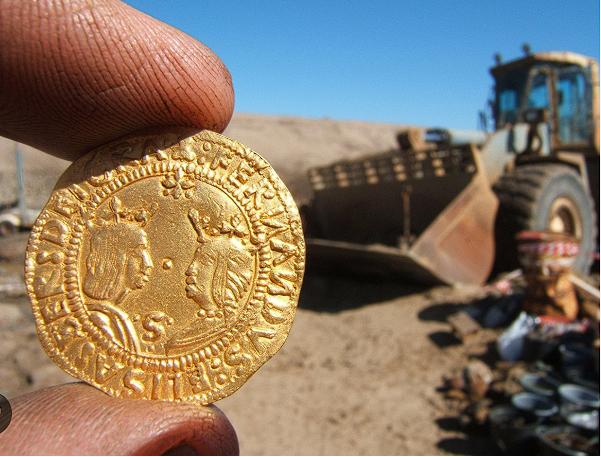The discovery of the Bom Jesus shipwreck in the Namibian desert is one of the most remarkable archaeological finds in recent years. This Portuguese ship, which disappeared in 1533, remained lost for centuries until its remains were uncovered during diamond mining operations.
The Mystery of the Bom Jesus
The Bom Jesus’s disappearance and rediscovery is a captivating tale of maritime history and archaeological discovery.
The 1533 Voyage
The Bom Jesus set sail from Lisbon in 1533, embarking on a voyage that would end in tragedy and mystery.

- Departure from Lisbon:
- The ship departed from Lisbon, Portugal, in 1533, carrying a valuable cargo and a crew of sailors.
- Its destination was likely India, following the established trade routes of the time.
- Lost at Sea:
- The Bom Jesus vanished without a trace, its fate unknown for centuries.
- Maritime disasters and shipwrecks were common during this era, but the Bom Jesus’s disappearance remained particularly enigmatic.
- Centuries of Mystery:
- For nearly 500 years, the Bom Jesus remained lost, its story fading into legend.
- The lack of information about its fate added to the allure and mystery of the ship.
Accidental Discovery
The Bom Jesus was discovered by chance during diamond mining operations in the Namibian desert, revealing its long-hidden secrets.

- Diamond Mining Operations:
- The shipwreck was discovered during diamond mining operations near the coast of Namibia.
- The harsh conditions of the desert had preserved the ship’s remains.
- Unexpected Find:
- The discovery of a shipwreck in the desert was an unexpected and extraordinary find.
- It highlighted the potential for archaeological discoveries in unexpected locations.
- Unearthing History:
- The discovery of the Bom Jesus provided a unique opportunity to unearth a piece of maritime history.
- It offered valuable insights into 16th-century seafaring and trade.
Valuable Cargo
The Bom Jesus carried a valuable cargo, including gold coins, copper ingots, and elephant tusks, making it a significant archaeological find.

- Gold Coins:
- The ship carried numerous Spanish and Portuguese gold coins, which helped identify the vessel.
- These coins provided valuable information about the ship’s origins and the trade routes of the time.
- Copper Ingots:
- The Bom Jesus also carried approximately two thousand German copper ingots.
- These ingots were likely intended for trade in India, highlighting the ship’s commercial purpose.
- Elephant Tusks:
- More than 100 elephant tusks were found on board, indicating the ship’s involvement in the ivory trade.
- These tusks provided insights into the trade networks and commodities of the 16th century.
Significance and Impact
The discovery of the Bom Jesus has had a significant impact on maritime archaeology and our understanding of 16th-century trade.
Archaeological Significance
The Bom Jesus shipwreck is a significant archaeological find, providing valuable insights into 16th-century maritime history.

- Preservation of Artifacts:
- The harsh conditions of the Namibian desert preserved the ship’s remains and its cargo, providing a unique archaeological record.
- The artifacts found on board offer a glimpse into the daily life and trade practices of the time.
- Identification of the Ship:
- The discovery of gold coins helped identify the ship as the Bom Jesus, confirming its historical significance.
- This identification allowed researchers to piece together the ship’s story and its place in maritime history.
- Insights into Trade Routes:
- The ship’s cargo provided valuable information about the trade routes and commodities of the 16th century.
- It highlighted the interconnectedness of global trade during this period.
Economic Value
The Bom Jesus’s cargo had a significant economic value, estimated at $13 million, making it one of the most valuable shipwrecks ever discovered.

- Valuable Cargo:
- The ship’s cargo, including gold coins, copper ingots, and elephant tusks, had a significant economic value.
- Experts estimated the total value of the assets at $13 million.
- Historical Context:
- The value of the cargo provided insights into the economic importance of maritime trade in the 16th century.
- It highlighted the risks and rewards associated with long-distance voyages.
- Impact on Research:
- The economic value of the shipwreck has fueled further research and exploration of maritime history.
- It has also raised questions about the ownership and distribution of the discovered artifacts.
Public Interest
The discovery of the Bom Jesus has captured the public’s imagination, becoming one of the most exciting archaeological finds in recent years.
- Media Attention:
- The discovery of the Bom Jesus received widespread media attention, highlighting its historical significance.
- It became a popular story, captivating audiences around the world.
- Educational Value:
- The shipwreck provides valuable educational opportunities, allowing people to learn about maritime history and archaeology.
- It serves as a reminder of the past and the importance of preserving cultural heritage.
- Inspiration for Exploration:
- The discovery of the Bom Jesus has inspired further exploration and research into maritime history.
- It has encouraged the search for other lost shipwrecks and historical artifacts.
The Bom Jesus shipwreck is a remarkable archaeological find that has provided valuable insights into 16th-century maritime history and trade. Its discovery has captured the public’s imagination and inspired further exploration and research.
